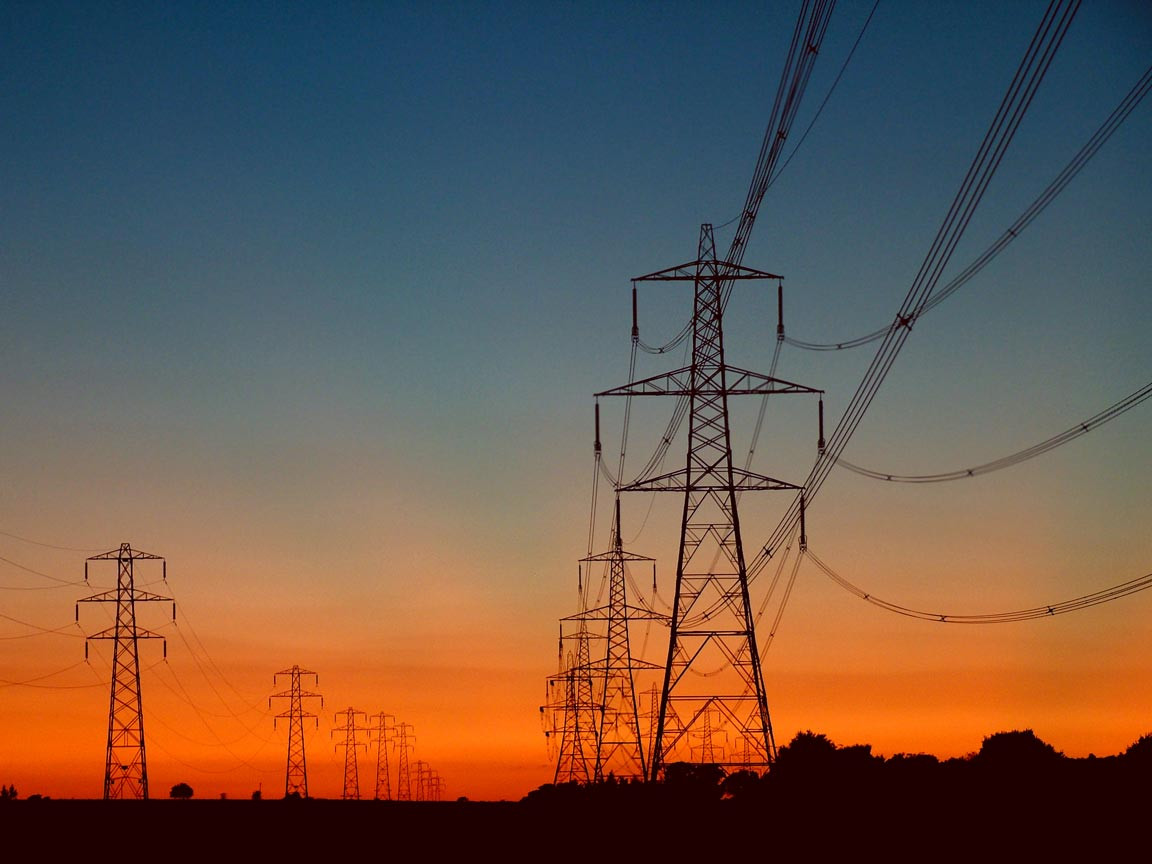While Westminster attempts to deliver Brexit within months, the UK’s energy system is set to become dramatically more dependent on the EU just as Britain leaves.
Today, four cables--known as interconnectors--between the UK and Ireland, France and the Netherlands have a capacity of 4GW, providing around 6% of Britain’s power supplies. However, with 11 new connections linking the UK and other European countries either under construction or mooted by developers, imports could provide more than a fifth of the country’s electricity needs by 2025, the government expects .
As the UK’s Brexit white paper said in understated fashion: “There has been a trend towards greater interconnectivity that has brought mutual benefits to trading partners.”
Leading the charge is National Grid, which is behind three of the 11 new proposed cables.
Jon Butterworth, who heads the group’s interconnectors business, said: “From our perspective, and from the perspective of the general public, there’s not a lot of downsides to interconnectors.”
The company argues the links are good for consumers because lower wholesale prices on the continent will translate to cheaper energy bills in the UK. Households will save £9.01 a year once the 13.9GW of new capacity has come online, it calculates.
That may not be much off the £1,138 average annual bill , but it would almost offset the cost of Hinkley Point C, the nuclear power station that will add at least £10 to bills .
National Grid says interconnectors are vital to make electricity networks more flexible, a priority as more wind and solar power comes online.
Butterworth said: “I don’t think you can do it [renewables] without them. As you get more and more intermittent renewable energy, to use it at the right time and get it into the right place, interconnection is vital.”
Interconnectors have obvious appeal as a source of growth for the company, which is mulling job cuts in response to regulator Ofgem proposing tougher price controls on its core business, the UK’s national electricity network.
Brexit poses one obvious risk , with the prospect of trading energy across borders becoming harder. The Brexit white paper stressed the need for efficient trade across interconnectors.
But National Grid and its European counterparts, who develop the cables through joint ventures, believe the fundamentals remain unchanged.
“When you talk to very senior civil servants [in Brussels], they say we still believe interconnectors are great things for Europe,” said Butterworth.
He rejected criticism that the cables threatened energy security and would not be subject to the UK’s carbon tax, charges usually levelled at interconnectors by firms that wanted to build big gas power stations in Britain .
“Some of the generators express their views,” said Butterworth. “[But] why would a generator in France be less reliable than a generator in the middle of England?”
Industry experts broadly agree that greater interconnection is a good thing in a world with more renewables, but there is no consensus on how much.
“The question is: what is the optimal level of interconnection? There is a hole in thinking,” said Peter Atherton, analyst at Cornwall Insight. He believes the links have played an important role in the UK’s energy system.
Cheaper power from Europe sounds like good news for households hit by tariff rises blamed on rising wholesale costs. But if wholesale prices went too low it could hurt the economics of UK-based power stations. “A low wholesale price is not necessarily a good thing,” said Atherton. “We don’t accept dumping of other things.”
Other companies are building cables through the Channel tunnel, and planning to connect to electricity supplies as far away as Germany.
National Grid’s link to Belgium is its first to come online, in early 2019. It will be followed by a second connection to France in 2020, and then the world’s longest subsea interconnector to Norway.
The company is not ruling out more radical ideas, including interconnectors for a Dutch-backed island in the North Sea surrounded by windfarms . Butterworth said: “It’s just something we need to take a good, hard look at. It’s not crazy. You’ve got to sometimes push the boundary.”
By Adam Vaughan
